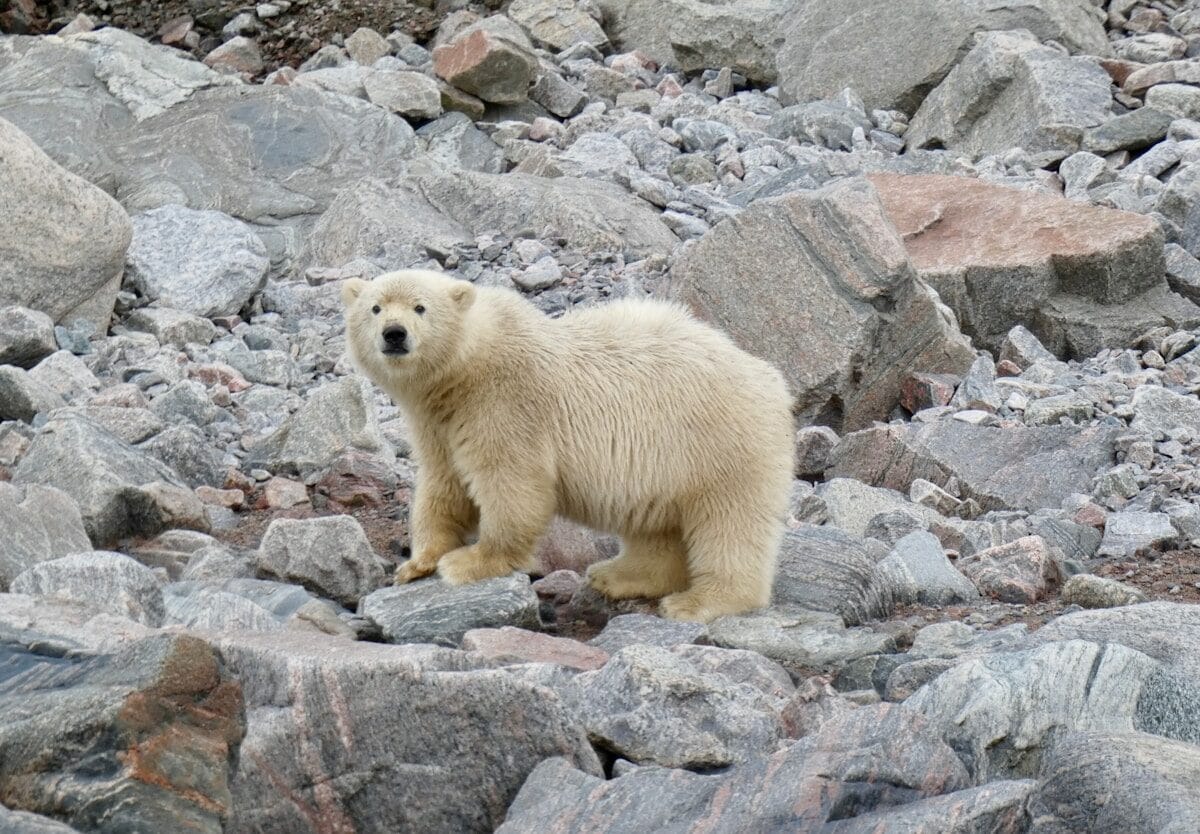Arctic Legacy: Record-Breaking Polar Bear Advances Wildlife Conservation
Victoria's remarkable impact on polar bear conservation, celebrating a long life dedicated to breeding programmes for Arctic mammals.

The remarkable legacy of one of Britain’s most beloved polar bears has highlighted the vital role of conservation programmes in protecting these magnificent Arctic creatures. Victoria, who lived to the extraordinary age of 28 – equivalent to a human in their 90s – leaves behind a profound impact on polar bear breeding programmes across Europe.
A Historic Achievement in British Wildlife Conservation
Based at the Highland Wildlife Park near Aviemore, Victoria’s story captured public attention when she gave birth to Hamish in December 2017, marking the first polar bear cub born in the UK in 25 years. Her second cub, Brodie, continued this legacy of successful breeding in specialized care environments.
Pioneering Geriatric Care in Wildlife Conservation
The specialist care provided to Victoria in her later years offers valuable insights into geriatric animal care. Her carefully tailored diet included cod liver oil, lard, salmon oil and oily fish such as sardines, mackerel and salmon – nutrients that would naturally come from seals in the wild. This specialized approach to elderly animal care drew upon diverse sources, including veterinary practices for domestic pets and studies of polar bear skeletal remains.
A Life Dedicated to Conservation
Victoria’s journey began at Rostock Zoo in Germany in 1996, and her life included successful breeding at Aalborg Zoo in Denmark before her arrival at the Highland Wildlife Park in March 2015. Her cubs now play crucial roles in European breeding programmes, ensuring genetic diversity among polar bears in specialized care facilities.
The Highland Wildlife Park continues its important work with other polar bears, including 16-year-old Walker and 17-year-old Arktos, who fathered both Hamish and Brodie. Hamish now resides at Yorkshire Wildlife Park Resort, where he is one of six polar bears contributing to broader conservation efforts.
Lasting Impact on Wildlife Conservation
While wild polar bears typically live 15 to 18 years, Victoria’s longevity under specialized care demonstrates the advances in animal welfare within modern conservation programmes. Her legacy extends beyond her own remarkable lifespan through her cubs, who continue to play vital roles in ensuring the future of these magnificent Arctic mammals.
The Royal Zoological Society of Scotland noted that Victoria ‘leaves an incredible legacy through her cubs who play an essential role in the European breeding programme, which ensures a healthy and genetically diverse population of these bears living in human care.’
As environmental challenges continue to affect Arctic wildlife, successful breeding programmes like those at the Highland Wildlife Park become increasingly vital for species preservation. Victoria’s story serves as a testament to the importance of specialized wildlife care and conservation efforts in protecting these remarkable creatures for future generations.





